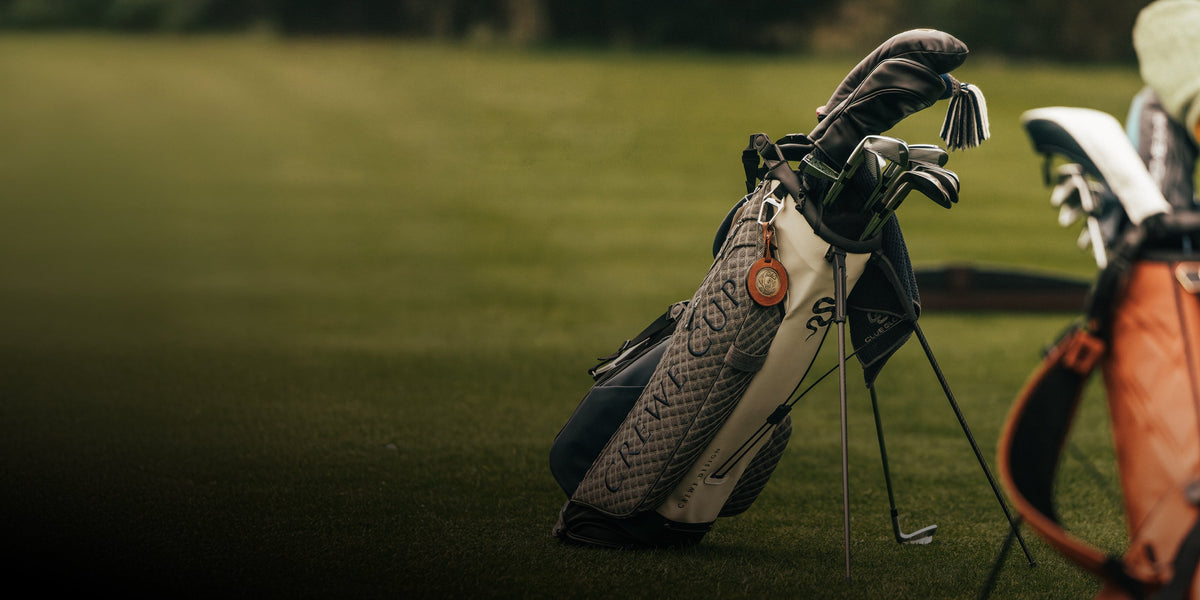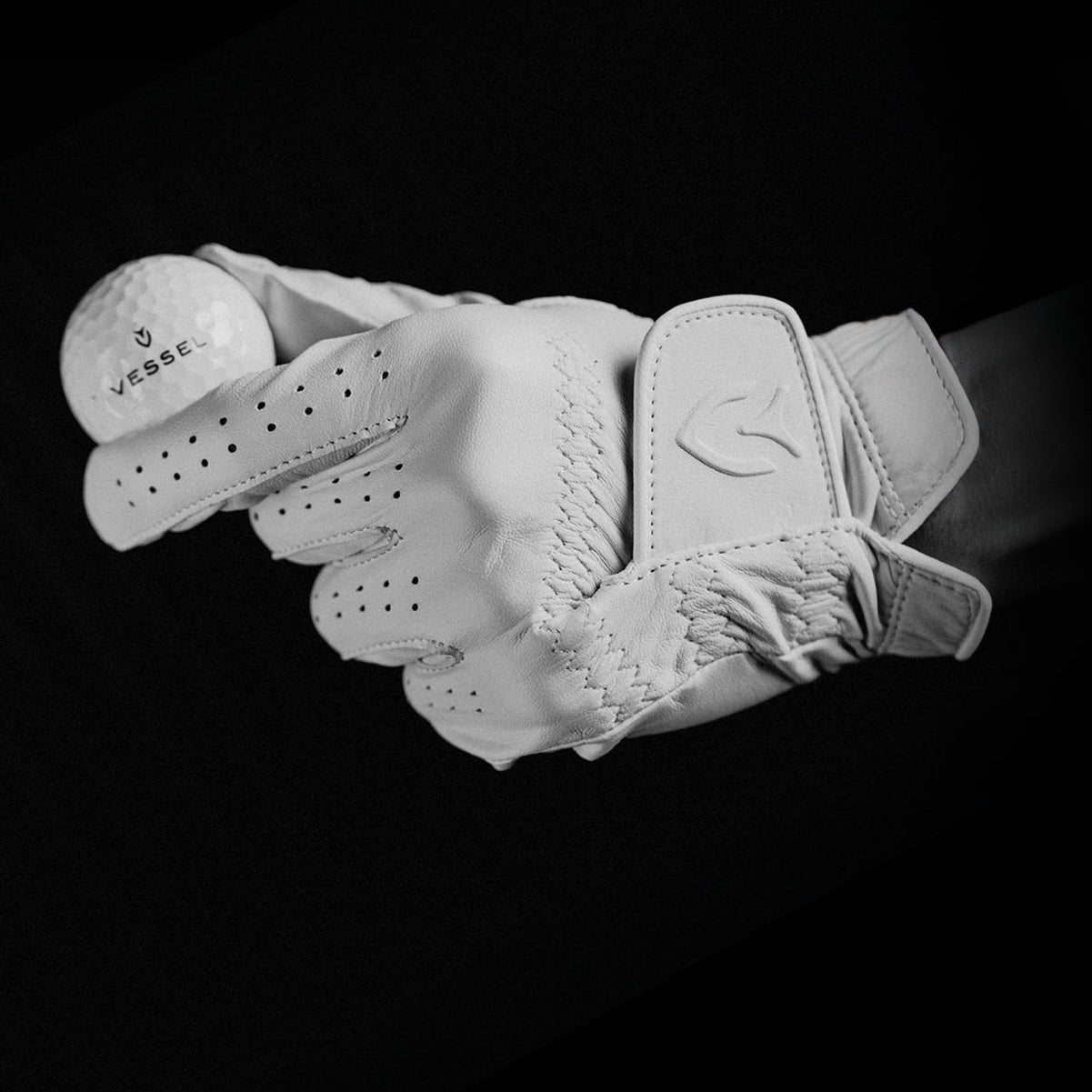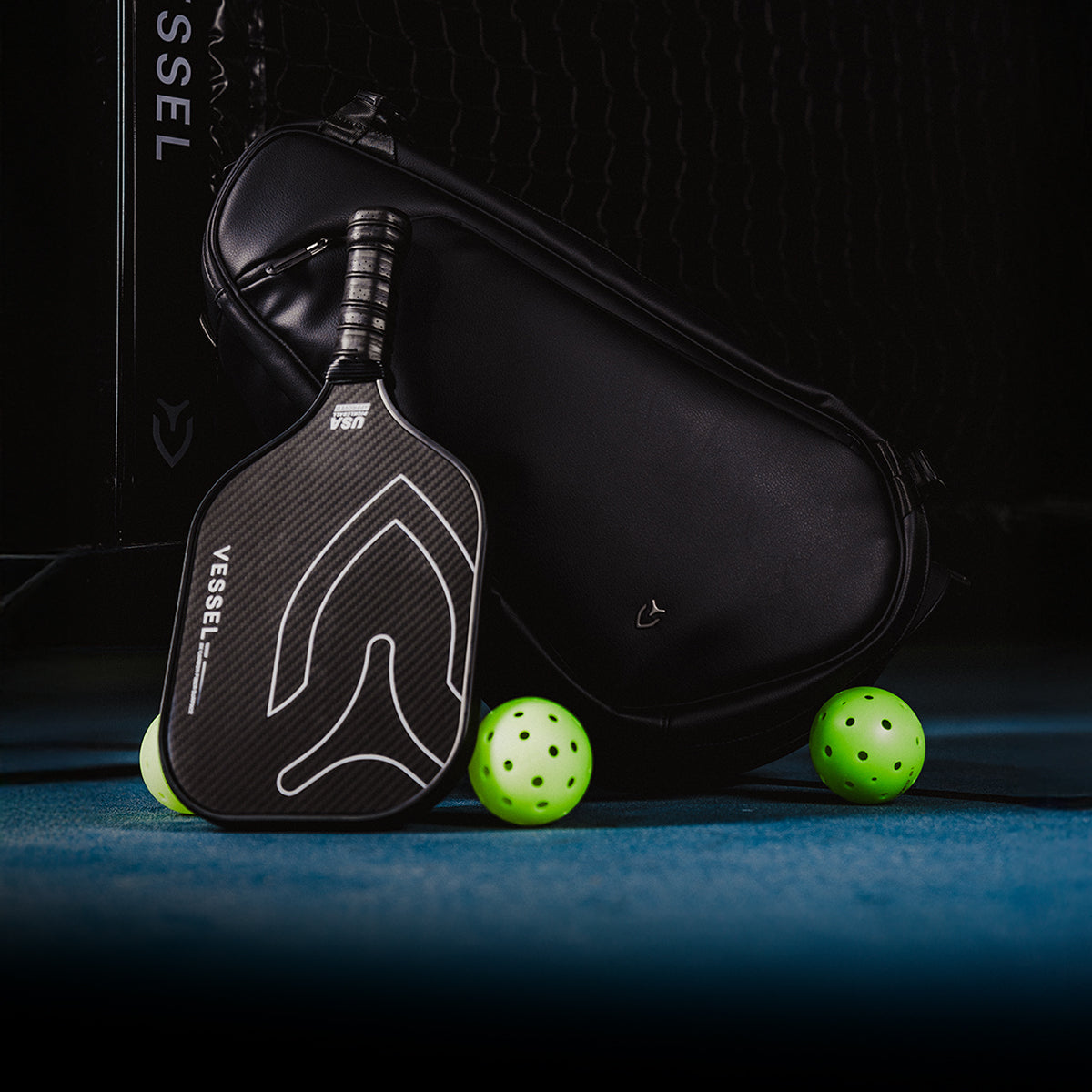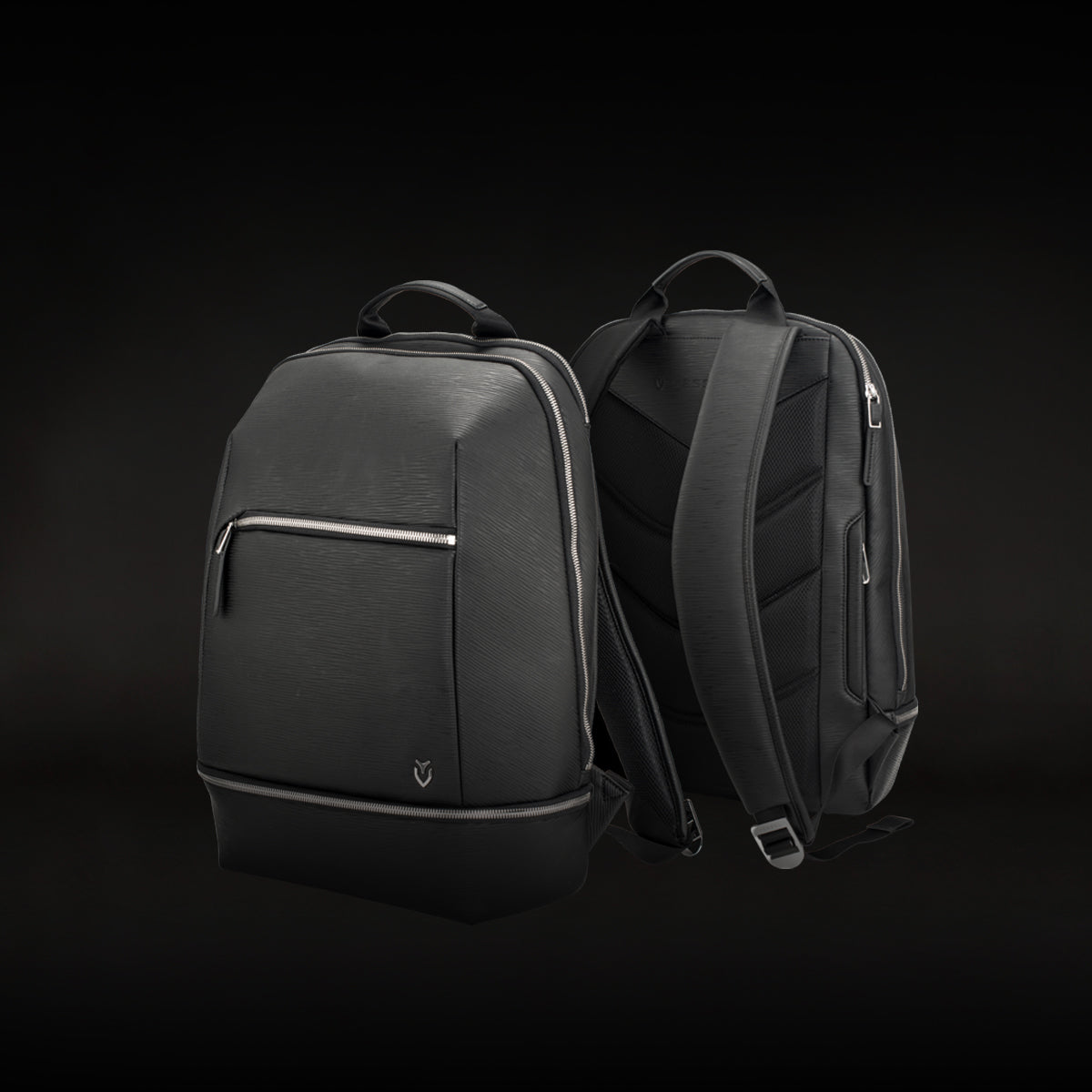

Here's the deal with your wedges - they're built for totally different jobs out there. A pitching wedge rocks a shallower 45-48 degree face angle that punches balls on a lower path from about 100 to 135 yards out. Meanwhile, that sand wedge sitting at 54-58 degrees pops the ball way up in the air for those 80 100-yard shots. See that thick, curved bottom on your sand wedge? It's designed to slide through sand and thick grass without getting stuck. Your pitching wedge has a thinner bottom edge that slices through regular fairway turf like butter. Knowing these differences and watch your score drop.
How Loft Angles Control Your Shot Shape
Picking between wedges comes down to understanding how those face angles affect your ball's path. A pitching wedge tilts back at 45-48 degrees, but a sand wedge cranks it up to 54-58 degrees. What's that mean for your game? Your sand wedge fires balls on this towering, almost vertical path while the pitching wedge keeps things lower and more penetrating. All that extra loft generates way more backspin too, so you'll stick it closer on those touchy approaches. Visualize lobbing versus skipping a rock - sand wedges lob it high for soft landings, pitching wedges skip it forward with more release. That sand wedge also packs a thicker, curved bottom designed to bounce through sand traps instead of that thin edge on pitching wedges. You're looking at 100-135 yard shots with the pitching wedge versus 80-100 yards with the sand wedge.
Build Quality and Bottom Design Contrasts
Looking past those loft angles, these clubs are built completely different from the ground up. Pitching wedges keep things sleek and efficient, but sand wedges bulk up with extra mass to blast through sand. Check this out - sand wedges have these fat, curved bottoms that skip across sand rather than stabbing into it like a garden tool. That bounce measurement sits way higher on sand wedges, which saves you from those awful buried lies. Your pitching wedge rocks a skinnier bottom that slips through grass without any hang-ups. Sand wedges usually get forged from soft carbon steel for incredible feel, but pitching wedges stick with tough stainless steel since they take more abuse from full swings. Those steep launch angles from sand wedges make them money for clearing trees and hazards.
Shot Performance in Different Scenarios

Sure, they might seem pretty similar sitting in your bag, but these clubs act completely different once you start swinging. Pitching wedges dominate those full swing approaches from the short grass, giving you solid yardage control with that 46-48 degree face. Try using one in a bunker though, and you'll hate life - not enough bounce means it digs straight down.
Sand wedges save the day near greens and in traps! That steep face creates tons of spin for excellent shot control on little pitches and sand saves. The fat bottom skims through sand instead of plowing under, turning those beach shots into easy ups. Working on your technique with each club builds the skills you need for whatever the course throws at you. Pitching wedges work great for bump-and-runs when you want the ball rolling toward the flag. Bottom line - pitching wedges handle power shots while sand wedges excel in the touch game.
Best Times to Pull Each Club
Knowing when to grab which wedge comes down to reading what's in front of you. Pull that pitching wedge for hard-packed lies, dry conditions, or when you want a low runner that acts like a long putt. It's money for those 90-130 yard approaches and getting out of gnarly rough without chunking it. Fighting a headwind? Think about dropping down to your 8 or 9 for a more controlled flight path.
Sand wedges take over in traps and cushy lies where you need height and quick stops. Reach for it in greenside sand, thick fluffy rough, or when there's junk between you and the flag. Got a fairway bunker shot around 45-60 yards? Your pitching wedge might actually fly it farther thanks to that lower face angle. Remember this: pick your club based on the ground under your ball and where you need it to land!
Managing Your Yardage Gaps
Standing over your ball and debating wedges means you're facing golf's most annoying distance problem. You're looking at about 30 yards between clubs - pitching wedges travel 90-140 while sand wedges max out at 65-100.
Check it out: regular irons step up nicely by 3-4 degrees, but wedges blow up that pattern. Pitching wedges measure 45-48 degrees, then boom - sand wedges jump to 54-58. That's why gap wedges exist at 52 degrees to fill the hole.
Your swing power changes everything. Weekend warriors might send a pitching wedge 90 yards while single-digit players launch them 141. Forget trying to crush every shot - know your real carry numbers for solid gaps. Most players see about 15 yards between wedges when they dial in their distances.
Frequently Asked Questions
Can You Hit Bunker Shots With a Pitching Wedge?
Sure, you could try it, but why make life harder? That skinny sole and minimal bounce (just 44-48°) wants to knife straight down into sand, leaving you with chunk city. Sand wedges pack fat soles and serious bounce (54-58°) that skim right through. Maybe on super firm, packed sand you'd survive, but you're giving up all that spin and stopping power.
Should New Players Start With Which Wedge?
Grab that pitching wedge initially, no question! It's way more user-friendly than a sand wedge. The modest 45-48° face angle keeps balls flying predictably, plus that narrow sole won't snag turf as much. You'll gain skills quicker because it works in more situations. After you've got solid contact with the pitching wedge, then add the specialty sand wedge.
When Do Wedges Need Replacing?
Plan on fresh wedges after 60-100 rounds or every year to three years based on your playing schedule. Keep an eye on those grooves—once they look worn or feel slick, you're losing spin! Lots of range time and sandy courses speed up the wear. When balls start releasing instead of checking up, don't push it—time for new sticks.
Do I Need Both Wedges or Can I Play With Just One?
If you've got to pick just one wedge, I'd say go with the pitching wedge. It's way more versatile for those everyday shots you'll face around the course. You can use it for chip shots, bump-and-runs, and even some basic bunker shots if you open the face a bit. Sure, it won't be perfect in every situation, but it'll handle about 70% of what you need.
Let me know if you're thinking about expanding your wedge collection later—adding that sand wedge as your second wedge makes a huge difference in your short game!
Conclusion
You've got the knowledge now to make smart wedge choices on the course! Practice with both clubs regularly, and you'll start seeing which one feels right for different situations.







